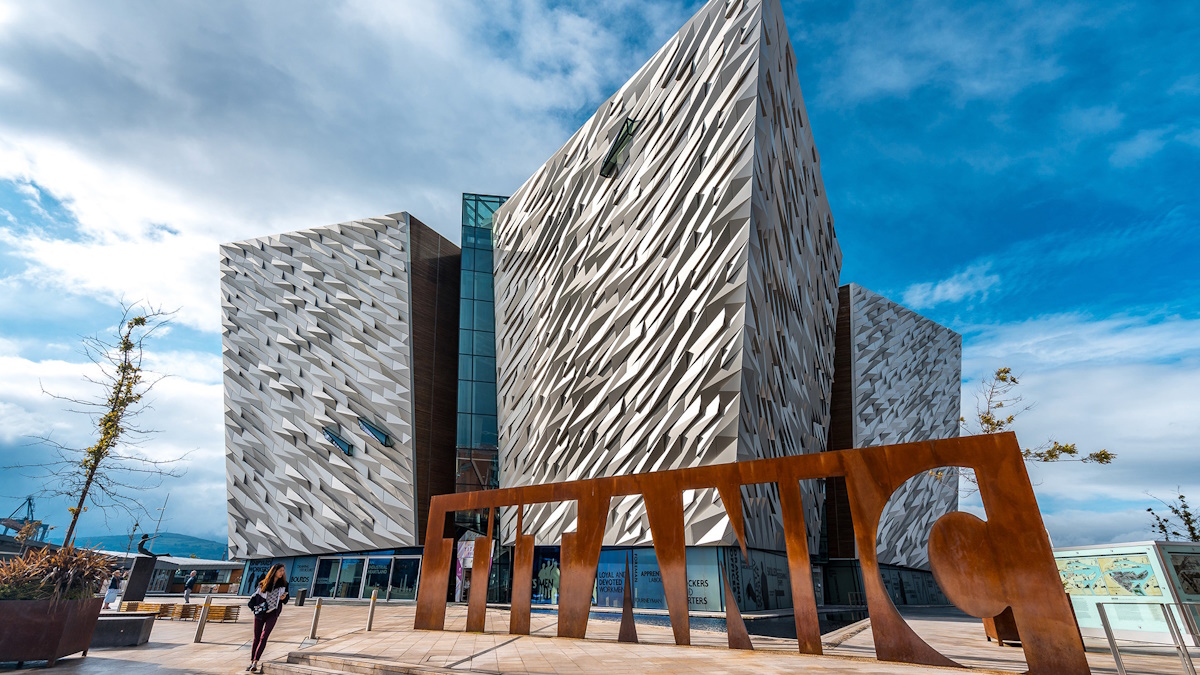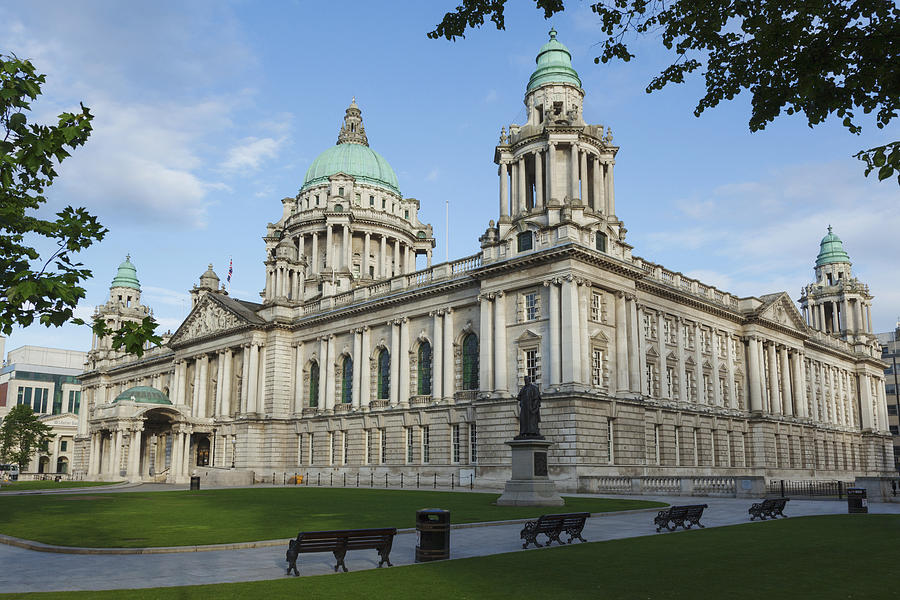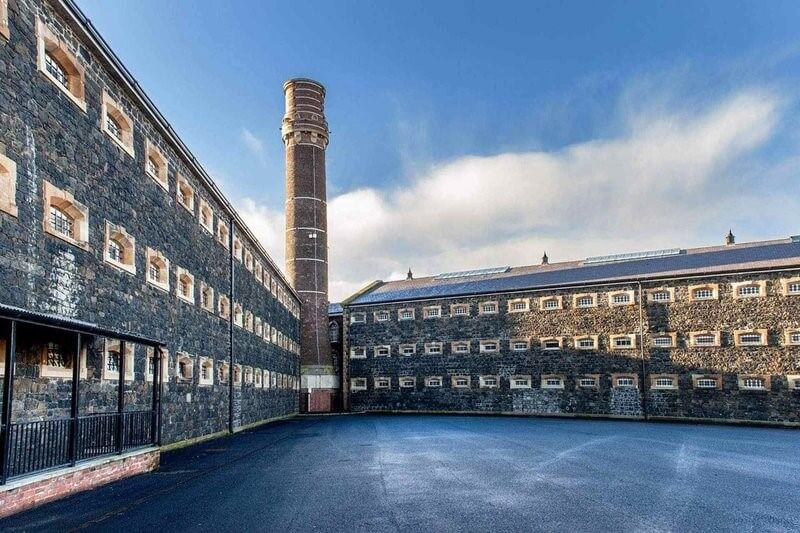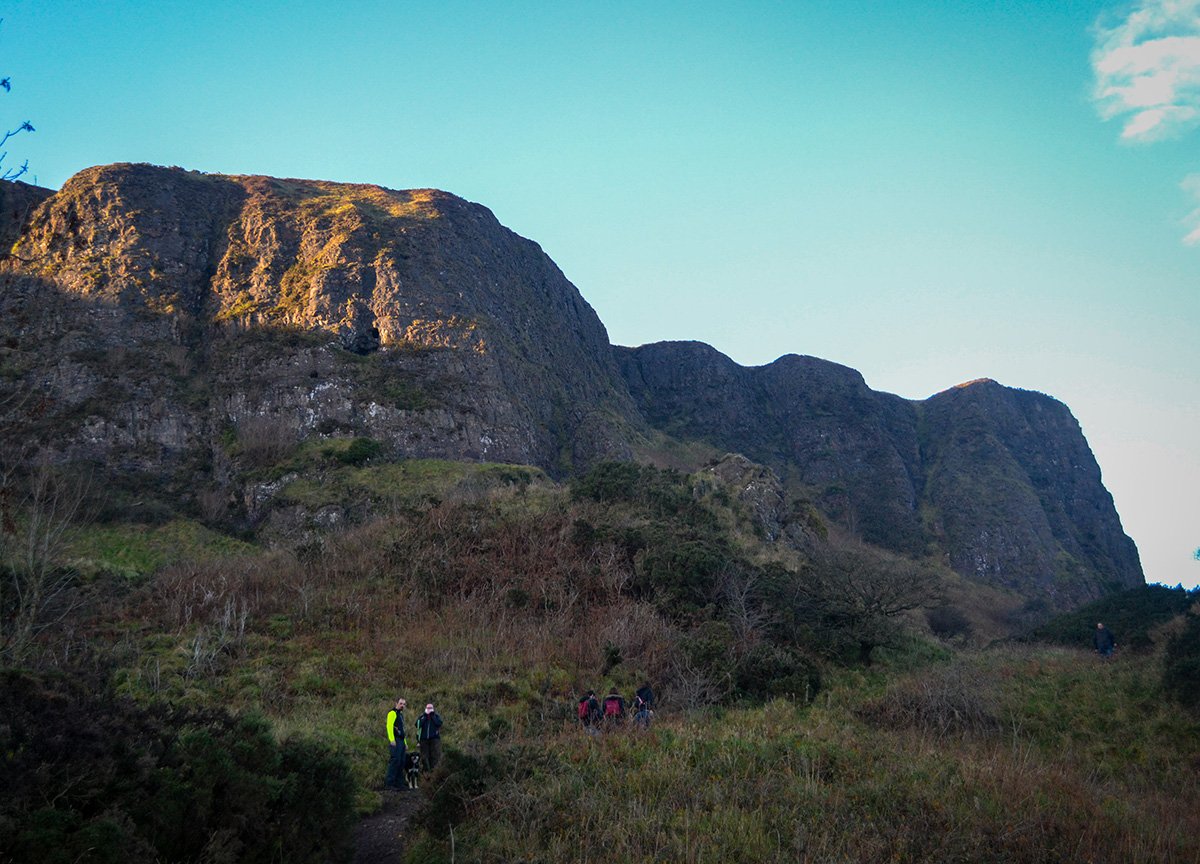Welcome to Belfast
Belfast, the capital and largest city of Northern Ireland, is a vibrant metropolis with a rich history and culture. From its industrial heritage to its modern transformation, Belfast offers visitors a unique blend of past and present.
Known for its warm hospitality, Belfast has become a popular tourist destination, offering world-class museums, historic landmarks, and a thriving food and drink scene. The city played a significant role in the industrial revolution and was the birthplace of the ill-fated RMS Titanic.
Today, Belfast is a city of renaissance, with its revitalized waterfront, bustling markets, and lively arts scene. It serves as a gateway to the natural beauty of Northern Ireland, including the famous Giant's Causeway and the Causeway Coastal Route.

Titanic Belfast
A world-class visitor attraction telling the story of the Titanic, from her conception in Belfast to her famous maiden voyage and tragic end.

Belfast City Hall
An iconic landmark in the heart of Belfast, offering free tours and beautiful gardens. The building is particularly stunning when illuminated at night.

Cathedral Quarter
A vibrant cultural hub filled with street art, bustling pubs, restaurants, and live music venues. It's the perfect place to experience Belfast's nightlife.

Crumlin Road Gaol
A 19th-century prison turned tourist attraction, offering a glimpse into 150 years of history and the opportunity to walk in the footsteps of prisoners.

St. George's Market
A Victorian covered market offering a wide variety of local produce, crafts, and live music on weekends. It's a great place to experience local culture and cuisine.

Cave Hill Country Park
A natural landmark overlooking the city, offering hiking trails and panoramic views. The hill is said to have inspired Jonathan Swift's Gulliver's Travels.